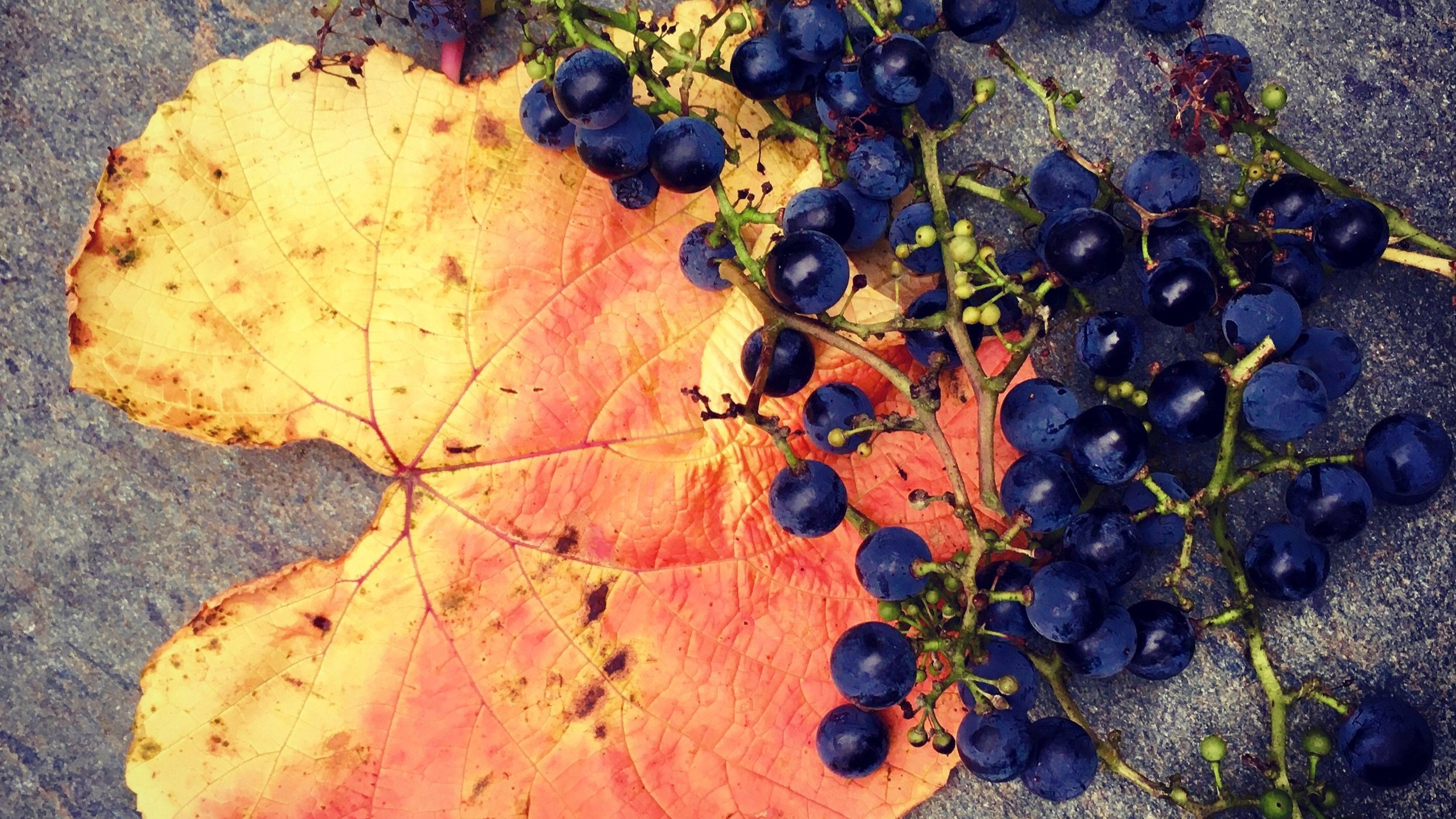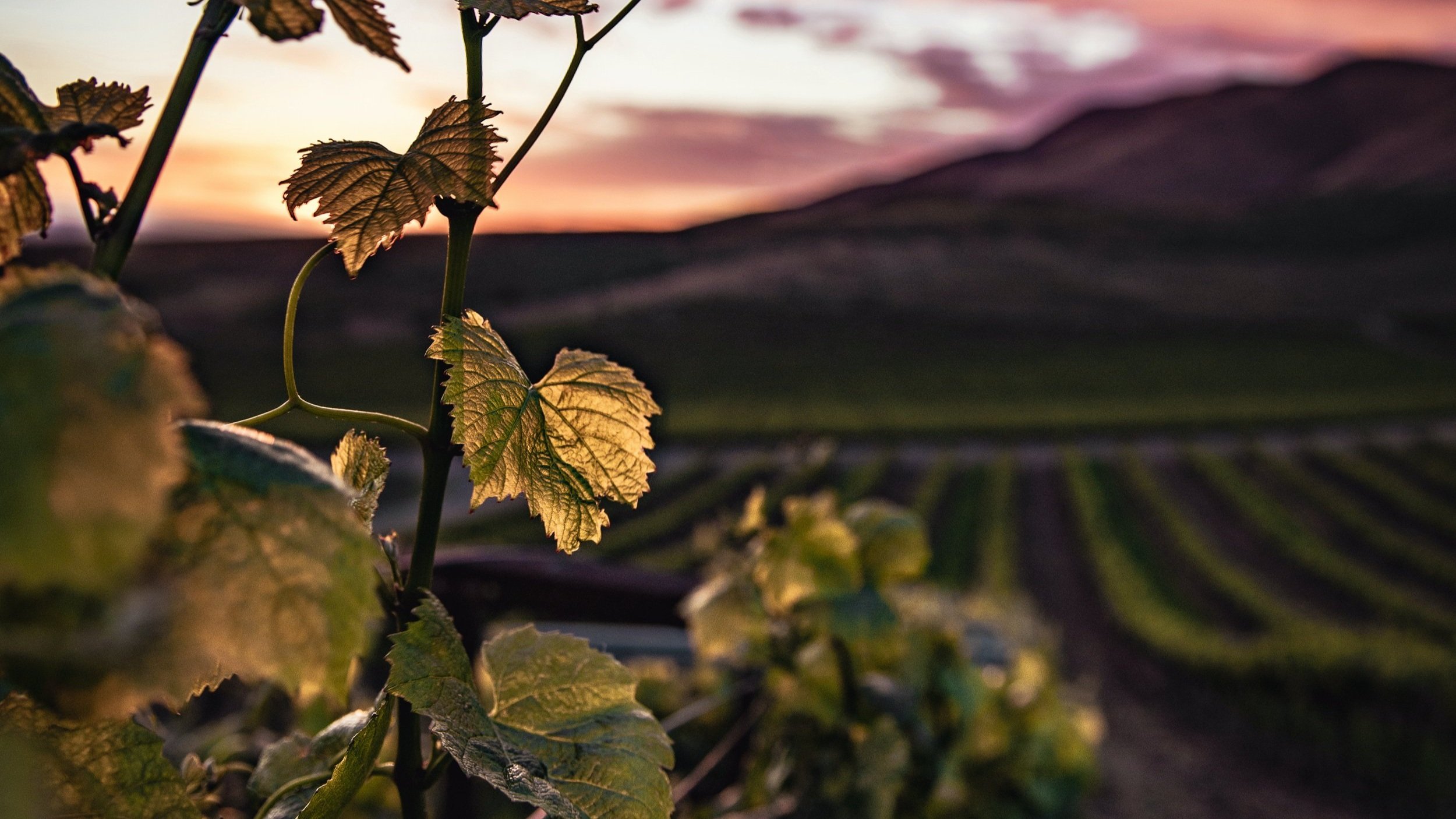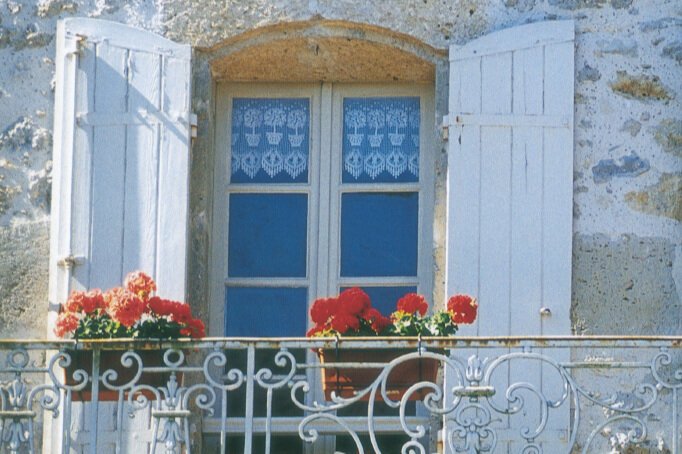Advertisement
Ten Vineyard Lunches: Richard Olney’s wine wisdom
22 August 2022 · Discover ckbk
“Every meal is a celebration,” writes the late Richard Olney in the introduction to his Ten Vineyard Lunches. Reading anything by Olney is pure pleasure, and this book is no exception.
It’s every bit as lyrical and evocative as his other works but what sets this book apart is the format and focus. It’s based squarely on the regional wines of France, a topic about which this Iowa-born American, who made his home in Provence for most of his adult life, was incredibly knowledgeable.
In his first (and, perhaps best-known) book, Simple French Food (1974), Olney included a chapter called ‘Wine in cooking,’ in which he wisely advised cooks that, “There should be no question of using a wine in the kitchen that one does not consider good enough to serve at one’s table” – banish any thoughts you might have of using ‘cooking wine,’ in other words.
In Lulu’s Provençal Table (1994), Olney wrote about the wine and food from Domaine Tempier, a well-regarded wine producer in the Bandol region of France. In 1986 he was asked to write Yquem, about the famed Sauternes, and in 1995 he wrote Romanée-Conti: The World’s Most Fabled Wine (both currently out of print).
Olney counted prominent wine merchants and wine producers among his circle of friends, and he led the way in the art of pairing food and wine. His column, ‘Un Americain (Gourmand) à Paris’ in Cuisine et Vins de France magazine ran for more than a decade.
Olney was particularly fond of his well-stocked wine cellar (of which he writes, “I am proud of it in the child-like way that one is of anything hewn and fashioned with one’s own hands.”)
He was erudite and deeply knowledgeable about French gastronomy, but simplicity, enjoyment, and pleasure were at the core of his life, and his cooking.
Each of the ten chapters in Ten Vineyard Lunches (we have combined a few of the regions/chapters here for simplicity) is dedicated to one of France’s great gastronomic regions. Richard’s wine notes, along with typical recipes from those regions – Olney’s own and those of other ckbk authors – give a true sense of place, and of long-held French regional cooking traditions.
Use them as a basis to make your own menus. Richard would have approved…
Burgundy
The wine
“Delicacy, subtlety and nuance are the hallmark of fine Burgundies. They are also fragile wines and the reds, in particular, are perhaps the most susceptible of all wines to travel damage and mistreatment. Except for certain generic appellations, the reds are made from the Pinot Noir grape and the whites from Chardonnay (very small quantities of Nuits-Saint-Georges la Perrière and Morey-Saint-Denis Monts-Luisants, in the Côte de Nuits, are made from the Pinot Blanc grape; in the Côte Chalonnaise, Pinot Blanc sometimes complements the Chardonnay).”
“Red Beaujolais is made from the Gamay grape (Gamay à jus blanc — white-juiced Gamay), which finds its natural ally in the granitic soils of the local hillsides. It is, by nature, an abundant producer.”
The recipes
Côtes du Rhone & Provence
The wine
“The northern Rhône valley is Syrah country. In this 70km (43 mile) stretch of vineyards, reaching from Vienne to Valence, no other red grape is grown. On the sheer, mountainous inclines of the Côte Rôtie and Hermitage, where no mechanization is possible, the union of granitic soils and the Syrah grape produces massive, explosive wines; those of Cornas are not far behind in weight and in beauty.”
“The southern Côtes du Rhône wines come from the heart of Provence, none of them very far from Avignon. The best known and the most interesting is Châteauneuf-du-Pape, the largest single appellation contrôlée in France. Less than two per cent of the production is white wine, the remainder red.”
The recipes
Southwest France
The wine
“Gathered together here under a blanket heading are several regions. Those of the Languedoc and Roussillon, which follow the Mediterranean coast to the Spanish border, use mainly the same grape varieties that go into the wines of the southern Rhône and Provence.”
“Côtes du Roussillon, mainly red, and the red Côtes du Roussillon-Villages are good daily table wines – firm, fruity and inexpensive.”
The recipes
Bordeaux
The wine
“The Médoc, Saint-Emilion and Pomerol appellations are all red wines (a few whites are made in Médoc that carry the generic Bordeaux appellation contrôlée). As with the Graves reds, the three principal grape varieties are Cabernet Sauvignon, Cabernet Franc, and Merlot but, whereas in Médoc and Graves, Cabernet Sauvignon dominates, the ratio is inverted in Saint-Emilion and Pomerol, with Merlot dominating and Cabernet Franc assuming greater importance, often to the exclusion of Cabernet Sauvignon.”
The recipes
The Loire
The wine
“At the heart of France, halfway between the source and the mouth of the Loire, before it veers to the west, Sancerre and Pouilly Blanc Fumé are made from the Sauvignon grape, known in the region as blanc fumé because of the slightly smoky taste of the wines (Sancerre also makes a small amount of red from Pinot Noir and the village of Pouilly-sur-Loire lends its name to a slight, thirst-quenching white made from the Chasselas grape). Sancerre and Pouilly Fumé are best drunk young in the full exultation of their fresh Sauvignon fruit.”
The recipes
Jura
The wine
“The wines of the Jura are all unusual and, except for vin jaune and vin de paille, share a certain family resemblance – sturdy, muscular, and friendly – whatever the color.”
“The most unusual of the Juras, perhaps of all French wines, is vin jaune, of which the best known bears the village appellation of Château-Chalon; made from the white Savignin grape, deeply colored with bronze reflections, extraordinarily dry, concentrated, nutty in flavor and long-lived, it is often said to resemble sherry…”
The recipes
Alsace
The wine
“Riesling is the classic noble grape of Alsace. Its wines are typically steely and lean, more skeleton than flesh, with finesse and elegance — all banal, abstract terms that come to life in the glass and in the mouth. Tokay-Pinot Gris wines have more muscle but, perhaps, less breeding.”
The recipes
Sign up for ckbk's weekly email newsletter
Related posts
‘Great Chefs of France’
Candida Crewe writes about her father Quentin’s landmark book of Michelin-starred chefs.
‘The French Kitchen’
Food-savvy novelist Joanne Harris and food writer Fran Warde on their two cookbooks.
French cuisine
Find the best of French cuisine in ckbk’s collection of books on the cooking of France.
Advertisement






